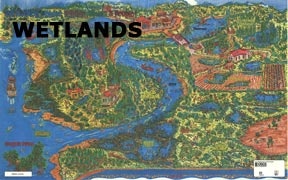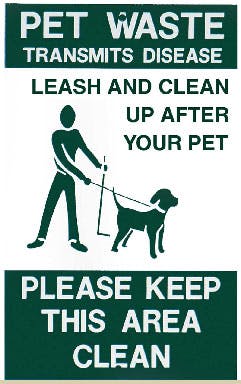Conservation
Though its primary objective is economic development, the Port also works to protect its natural resources and achieve its goals in ways that limit its impact on the environment. For example, we strive to balance the effective use of our properties against preserving and enhancing the wetlands and natural areas we manage; we support and seek to provide opportunities to educate the public about wetlands, habitat, and wildlife; and we endeavor to limit our impact through the use of efficient lighting, heating, irrigation, and other building elements. Learn more about the programs in which we're involved, the wildlife that call the Port home, and the plants that exist at the Port or are being reintroduced as part of our wetland enhancement program.
The Port owns, manages, and maintains Bingen Lake, a wetland recognized by the State of Washington that sits in the heart of the Port's Bingen Point Business Park. The area provides habitat for a variety of birds and waterfowl as well as amphibians, reptiles, and small mammals. It also delivers a natural backdrop consistent with the beauty of the Gorge for the Port properties that border it. The lake itself covers approximately 27 acres while the entire wetland (including buffer zone) encompasses about 37 acres. To see more of Bingen Lake Wetland, take the virtual tour below.
Bingen Lake and the buffer zone that surrounds it are off-limits to the public. However, plans and permits are in place to construct ADA-compliant, multi-use paths and a viewing platform (or blind) that will ultimately offer views of the lake, and the wildlife that inhabits it, from a safe distance. In addition, the Port is actively engaged in invasive species eradication and native plant restoration programs. NOTICE: People and pets are prohibited from entering the wetland or its buffer zone.
Virtual Tour

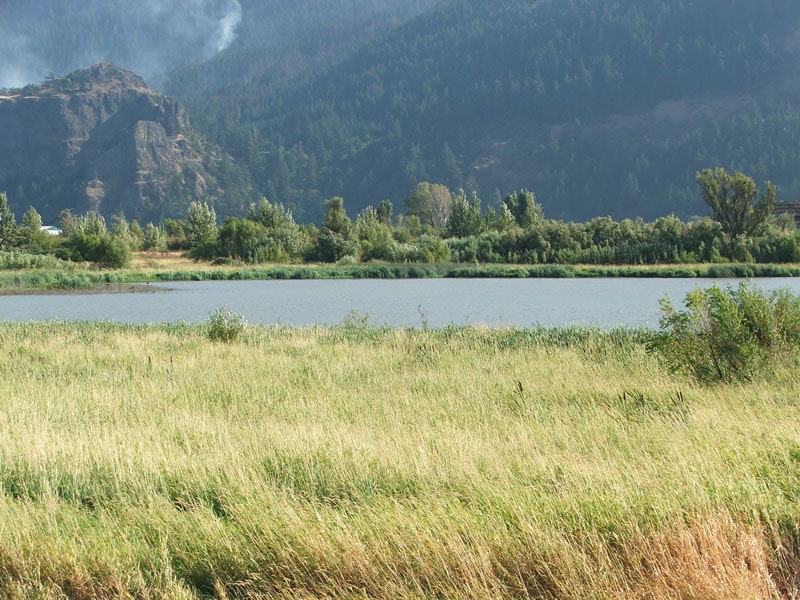
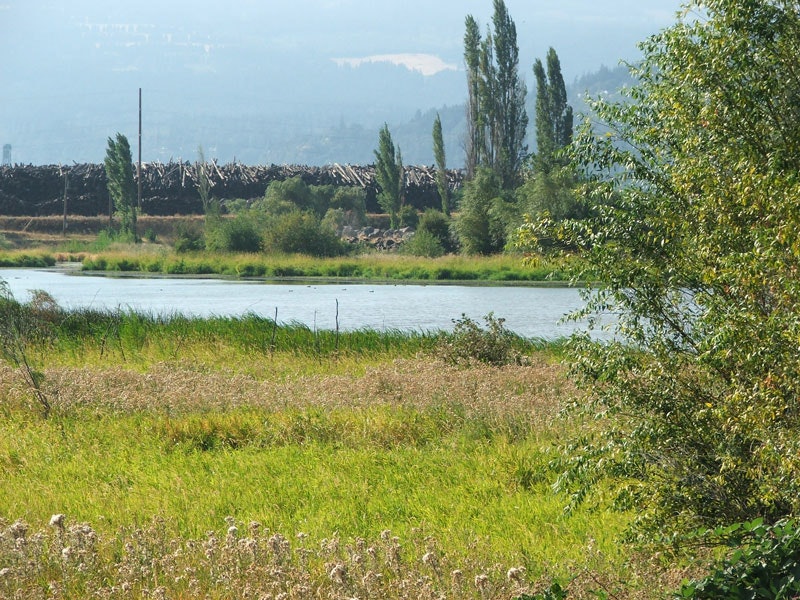
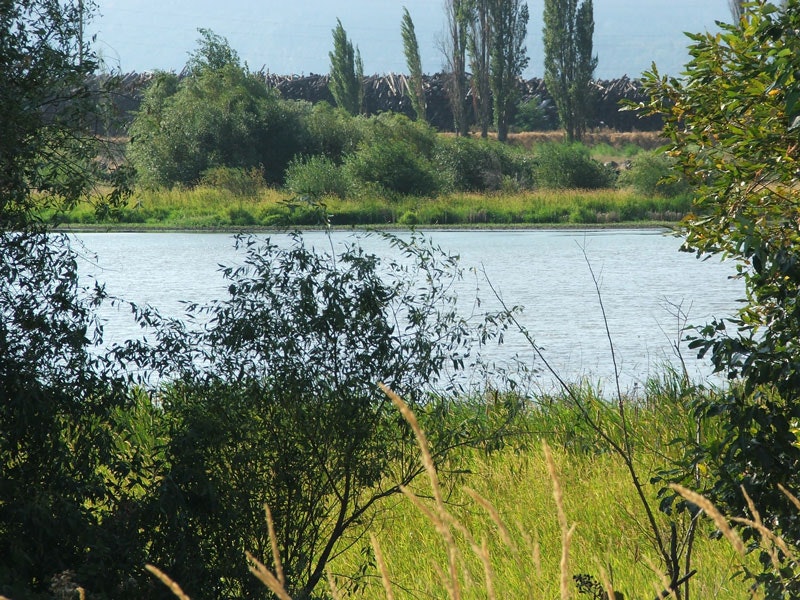




Situated along the eastern shore of Bingen Harbor and isolated from the other Port properties at Bingen Point, the East Harbor Area has been largely left undisturbed for decades. Covering approximately ?? acres, it is home to various amphibians, small mammals, birds, and waterfowl. Given its limited access and remote location, the Port has to chosen to leave this area in its "natural" state and it remains off-limits to the public. To see more of the East Harbor Natural Area, take the virtual tour below
Though no improvements are planned for the East Harbor Natural Area, we will be working to eradicate invasive species that have been introduced and to manage this natural area to prevent their reintroduction. This may ultimately include work under the Port's native plant restoration program. NOTICE: People and pets are prohibited from entering this natural area.
Virtual Tour
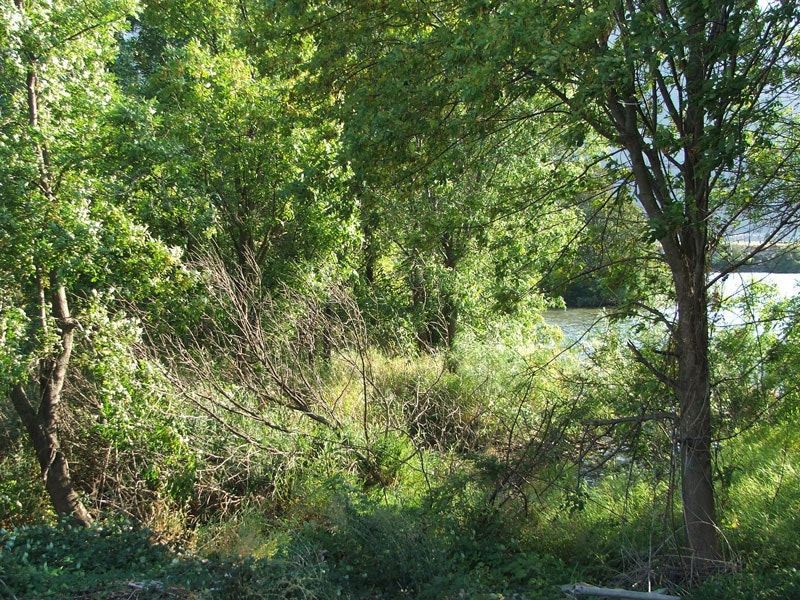
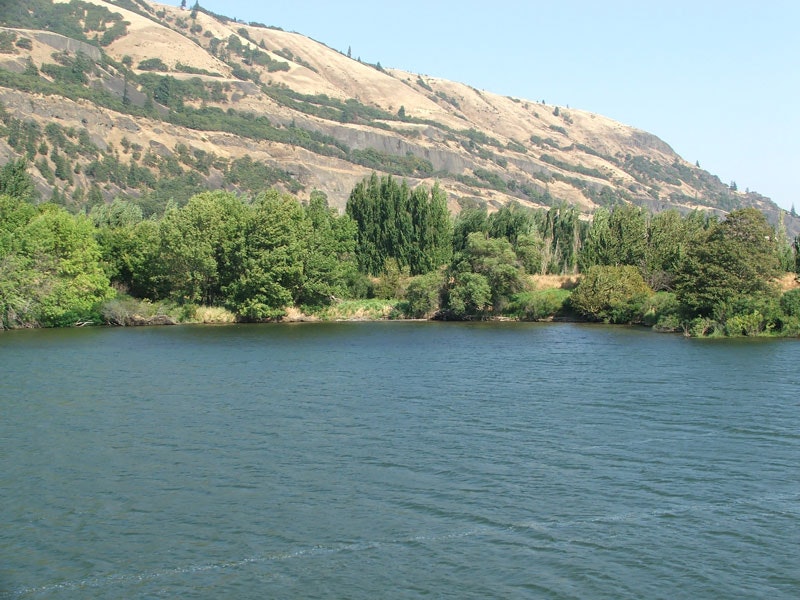
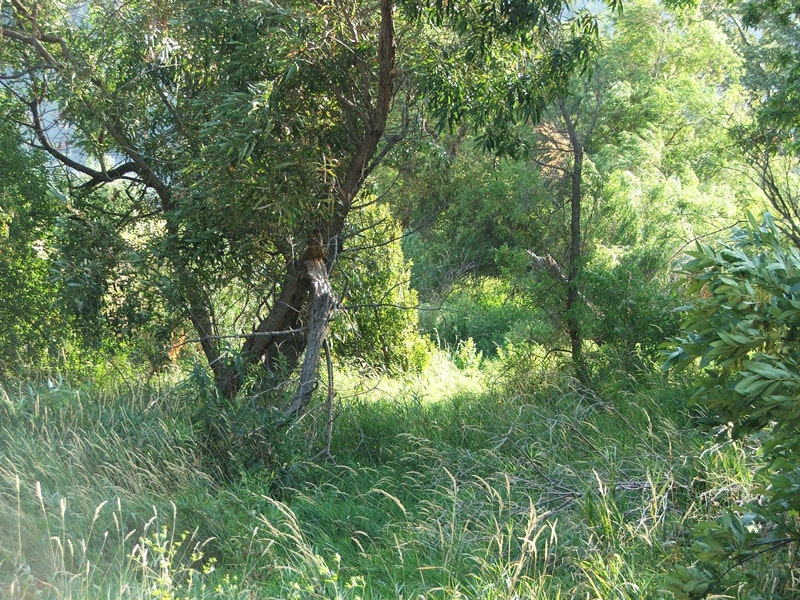




The Northern Pikeminnow (aka Squawfish) has been identified as the primary fish predator of juvenile salmon in the Columbia River. To help protect salmon runs, a group of agencies including the Bonneville Power Administration, Pacific States Marine Fisheries Commission, Oregon Dept. of Fish and Wildlife, and the Washington Dept. of Fish and Wildlife created the Northern Pikeminnow Sport Reward Fishery Program.
This program pays a bounty of $4 to $8 (in 2014) for each Pikeminnow nine inches (9") or longer turned into the program. In 2014, just over 162,000 were caught through the program, reducing predation on juvenile salmon by an estimated 35 percent. We support this program and encourage those interested to learn more. Before participating, please be sure to read the rules and regulations of the program and check-in at the registration station located at the Port's Marina Park in Bingen, Washington, and at The Dalles Boat Basin in The Dalles, Oregon.
If you are seeking more information on wetlands, in general, check out the agencies and documents listed below.
-
US Environmental Protection Agency (EPA)
The EPA offers a number of documents about wetlands including a Wetland Overview and a description of the Functions and Values of Wetlands. -
Washington Department of Ecology (DOE)
The DOE delivers a wealth of information regarding wetlands including an overview of the Functions and Values of Wetlands (not the same as the EPA version) and an Interactive Wetlands Poster. -
Ducks Unlimited (DU)
DU provides information on waterfowl habitat and conservation efforts including overviews of Wetlands and Grassland Habitat Benefits and Waterfowl Biology. -
US Geological Survey (USGS)
The USGS provides a cartoon-style educational poster illustrating the important elements of a functioning wetland. Providing a good overview for anyone from middle-school students to adults, it's a fun way to learn. You can download a printable version of this poster as well as a modified version more suitable for elementary school students. Looking for something a bit more fun? A black & white version suitable for coloring is also available.
Similar educational posters on various topics such as wastewater, watersheds, and hazardous waste are also available from the USGS.
